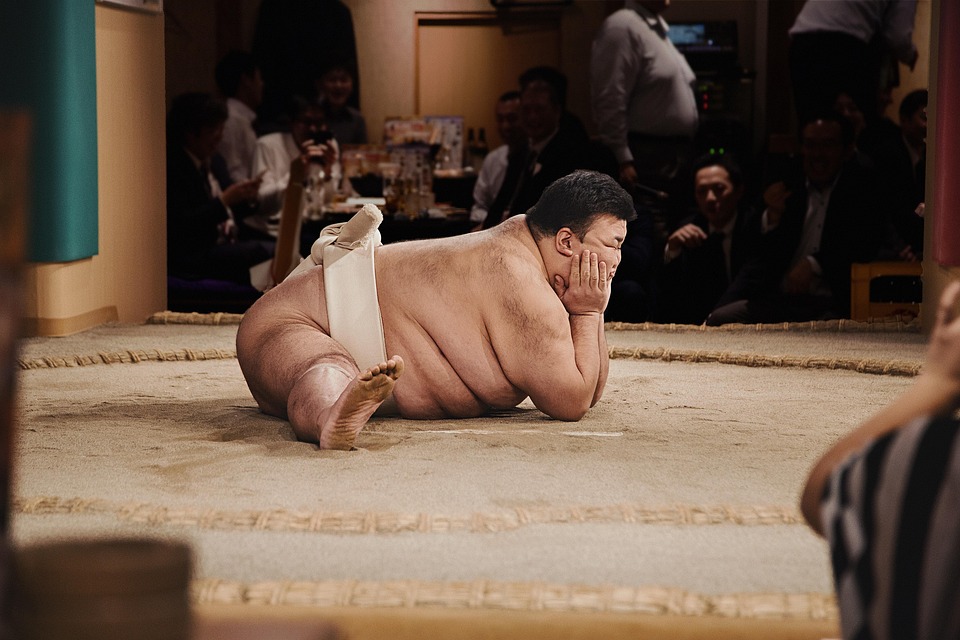Wrestling, one of the oldest forms of combat, has long been a reflection of cultural norms, values, and entertainment styles throughout history. Its evolution is a fascinating journey that highlights not just changes in technique, but also shifts in perception, audience engagement, and global influence. This article explores the transformation of wrestling from its classical roots to the modern-day spectacle we know today.
The Ancient Foundations
Wrestling dates back thousands of years, with evidence found in ancient civilizations such as Egypt and Greece. Depictions on tomb walls from around 2500 BCE show wrestlers in action, signifying its early importance as both a sport and a martial practice. The Greeks formalized wrestling in the ancient Olympic Games around 708 BCE, where it was seen as a key element of physical fitness and warrior training. This classical wrestling emphasized skill, strength, and technique, with a focus on throws and holds.
In ancient Rome, wrestling evolved further with the introduction of different styles and rules. The Romans integrated wrestling into their gladiatorial contests, melding it with entertainment and spectacle, setting the stage for the wrestling events that would come later.
The Medieval and Renaissance Periods
Following the fall of the Roman Empire, wrestling continued to thrive, especially in Europe. The medieval period saw the emergence of various wrestling styles, often tied to regional customs. Prominent forms included the French ‘La Lutte’ and the English ‘Cumbrian Wrestling,’ characterized by different rules and techniques.
The Renaissance revived interest in classical themes, further refining wrestling techniques and contributing to its recognition as an art form. It was during this time that wrestling began to be taught formally and became integrated into educational curricula in some regions.
The Birth of Professional Wrestling
The 19th century marked a significant shift in wrestling’s trajectory. It transitioned from a legitimate sport to a form of entertainment. This transformation was largely driven by the emergence of "catch-as-catch-can" techniques and the advent of carnival wrestling shows, where wrestlers would perform scripted matches for the audience. Wrestlers like Frank Gotch and George Hackenschmidt became legends, fueled by the growing popularity of these competitive yet theatrical events.
By the early 20th century, the lines between competition and entertainment blurred further, leading to the birth of modern professional wrestling. Promotions began to structure their events around storylines, hero vs. villain tropes, and larger-than-life characters, setting the stage for a new era of sports entertainment.
The Golden Age of Television Wrestling
The mid-20th century heralded the explosion of wrestling’s popularity in the United States, largely thanks to television. Wrestling promotions like the World Wrestling Federation (WWF), now known as World Wrestling Entertainment (WWE), capitalized on the medium to reach a larger audience. The colorful characters, dramatic storylines, and charismatic performers captivated viewers at home, transforming wrestling into a pop culture phenomenon.
Stars like Hulk Hogan and Ric Flair became household names, and major events such as WrestleMania solidified wrestling’s status as a major entertainment spectacle. The appeal of wrestling extended beyond the ring, influencing fashion, music, and youth culture throughout the 1980s.
The Attitude Era and the Rise of Alternative Promotions
As the 1990s approached, wrestling underwent another significant shift. The so-called "Attitude Era" brought a grittier, edgier style to programming, appealing to a more adult audience. This period was marked by controversy, with storylines that often explored darker themes and characters, including the rebellious persona of stone-cold Steve Austin and the anti-authoritarian attitude of Dwayne "The Rock" Johnson.
This era also saw the rise of alternative promotions, most notably World Championship Wrestling (WCW), which introduced fierce competition for WWE. The Monday Night Wars, as they were known, ignited a golden age of creativity that pushed wrestling into unprecedented heights of popularity.
The Modern Era: Globalization and Diverse Styles
The 21st century has seen wrestling evolve into a truly global phenomenon. Promotions around the world, including New Japan Pro-Wrestling (NJPW), Lucha Libre in Mexico, and various independent circuits have gained recognition. Social media has allowed fans to engage with their favorite wrestlers and storylines, fostering communities that thrive online.
Moreover, the modern era is marked by a growing awareness of diversity in wrestling. Promotions are increasingly highlighting female wrestlers, LGBTQ+ characters, and international styles, leading to a broader representation in the ring. Events like WWE’s “Evolution,” which featured an all-women’s pay-per-view, illustrate this shift toward an inclusive and expansive view of wrestling.
Conclusion
From its ancient beginnings as a combat sport to its current status as a global entertainment juggernaut, wrestling has undergone a remarkable transformation. It reflects not only changes in athleticism and storytelling but also broader cultural trends. The evolution of wrestling is a testament to our enduring fascination with competition, drama, and the larger-than-life personalities that define this captivating art form. As it continues to evolve, wrestling remains a vibrant tapestry of tradition and innovation, engaging fans old and new.



